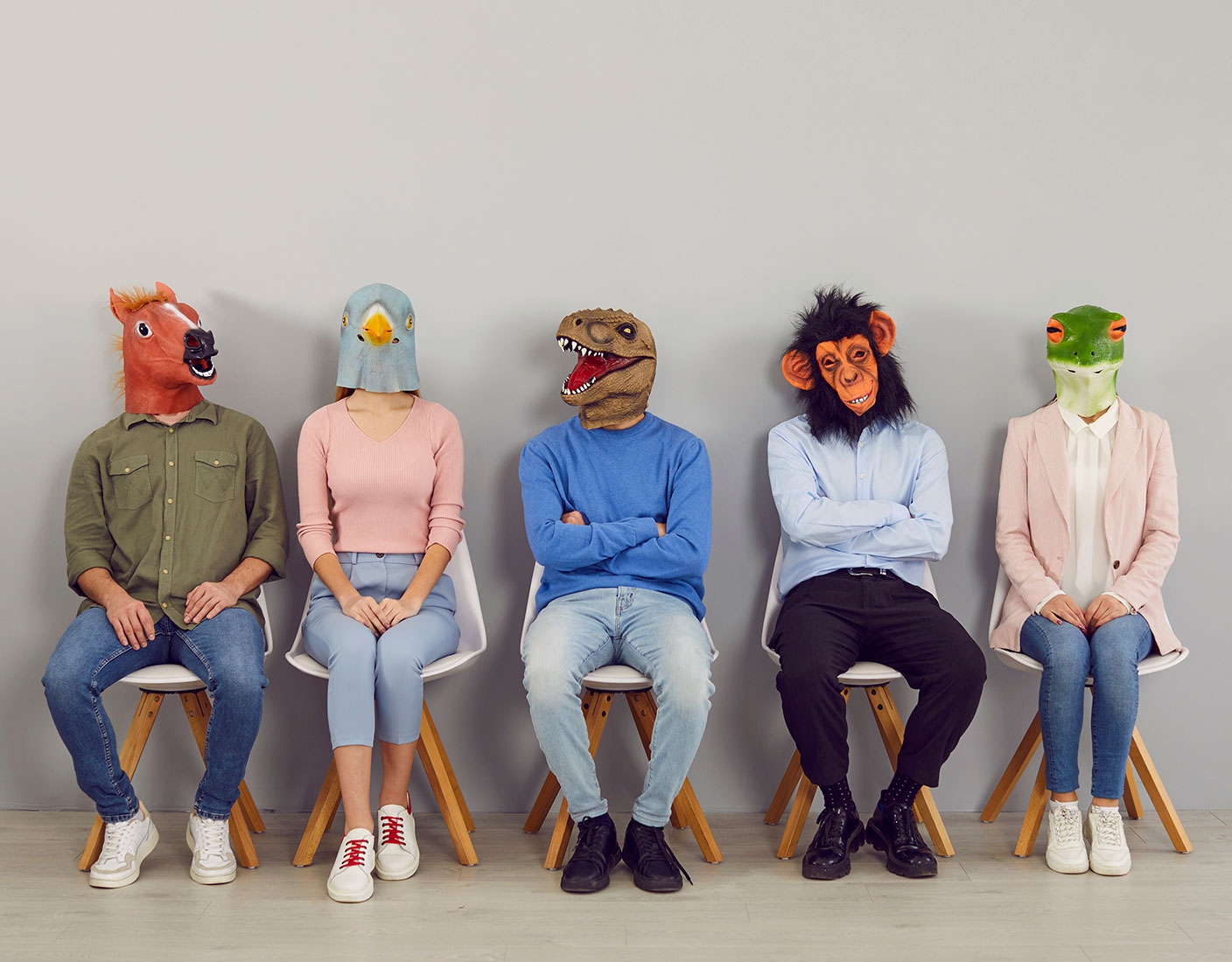The Influencer
Influencers have been a thing for longer than the term itself. What may have started as a marketing trend has become standard operating procedure for many brands, with good reason.
 3-29-2021
3-29-2021  16:47 pm
16:47 pm 
Influencers have been a thing for longer than the term itself. What may have started as a marketing trend has become standard operating procedure for many brands, with good reason.
HD: Are Influencers SOP?
Maybe you’re old enough to remember when Joe DiMaggio became Mr. Coffee. Maybe you saw Farrah Fawcett sell shaving cream, shampoo, hair dryers and automobiles. Could be that Michael Jordan made Nike your favorite sneaker. Everyone of a generation knew men and women like these. Brands were quick to leverage their notoriety to raise product awareness.
Influencers have been a thing for longer than the term itself. What may have started as a marketing trend has become standard operating procedure for many brands, with good reason.
The Influencer Effect
The rise of influencers – especially those called micro-influencers that we discussed in this previous post – has continued as brands sought partners that could elevate campaigns and deliver authentic, value-driven content as the pandemic and the movement for social justice changed consumer behaviors.
“Micro-influencers will continue to have more influence over lower-funnel activities like purchase and consideration,” Jessica Bedussi, associate social strategy director at ad agency Muh-Tay-Zik / Hof-Fer, told Marketing Dive. And PRDaily notes that from an organic reach perspective, micro-influencers typically generate a higher engagement rate thanks to carefully curated audiences.
Bedussi noted that influencers with larger followings can have even greater impact, pointing to Dunkin’ Donuts’ tie-up with TikTok star Charli D’Amelio, which led to a 57% increase in app downloads and a 20% increase in cold brew sales. One cautionary thought from Nic Allum, principal and senior vice president at the projects*: “Reach does not necessarily mean influence.”
Do you know Charli D’Amelio? You don’t have to in order to consider her a potential micro-influencer for a brand. You just have to know to whom she’s important and whether or not her followers align with your target audience. For example, one of the top influencers in San Antonio is @lynnettessilhouettes. You may not follow her, but 120,000 others do, making her ripe for micro-influencing. While there is no “blue check” by her name on Instagram, the 11,000 likes per post is an indication that people are paying attention to her. Likewise, brands are, too.
Context is King
For any influencer-brand partnership to be successful, it has to align with the current cultural context. As we discussed in this previous post shared not long after the pandemic settled in. A report from Marie Stafford and Wunderman + Thompson titled “The New Influencers” illustrated how the shift in culture led to a shift in the people and brands customers considered important and relevant. Consumers were — and still are — paying attention to what’s happening in the world around them, and they are listening to the voices that resonate with them.
And so, the search for consumer influence continues to be a part of any brand’s 2021 marketing plan. If you are considering a partnership with an influencer, micro or otherwise, and need a thought-partner or any guidance, please reach out to us at info@kgbtexas.com. We’d be happy to work with you.




 29-3-2024
29-3-2024  11:33 am
11:33 am 
